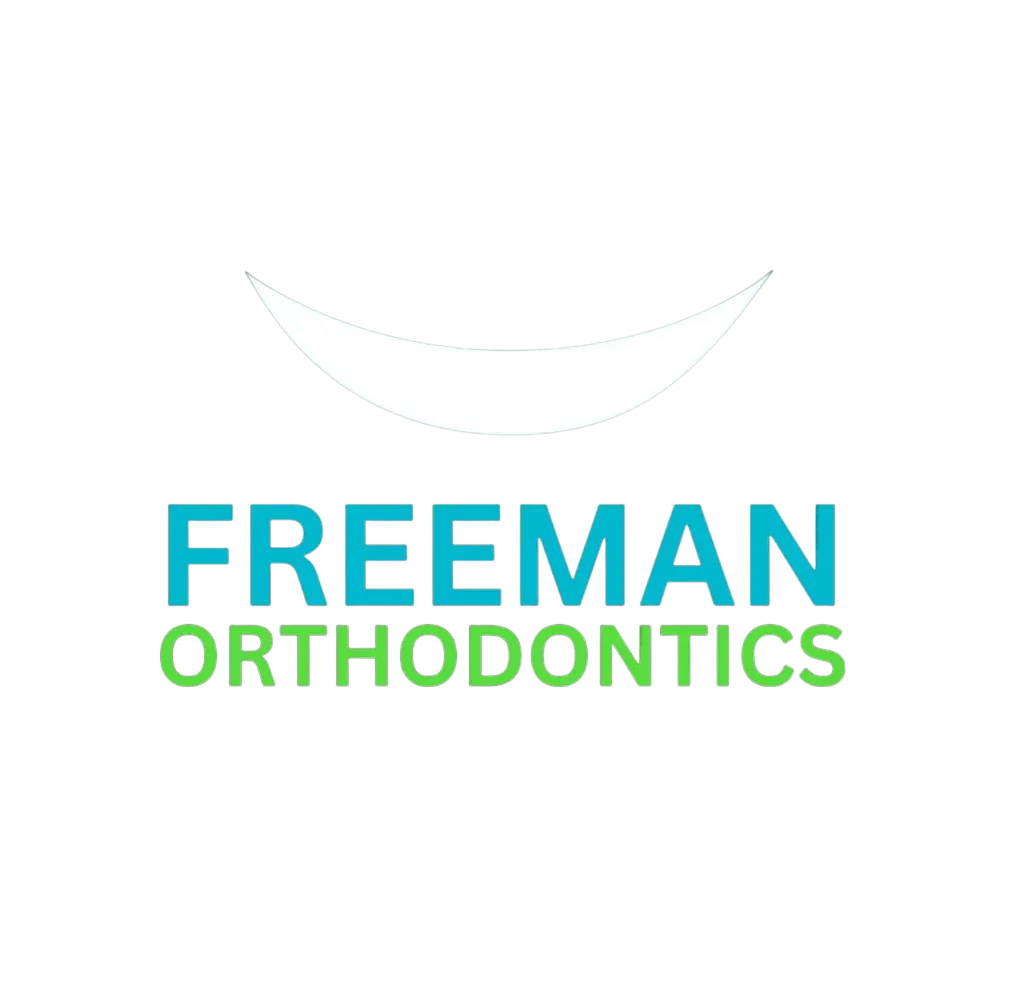Early Treatment for a Lifetime of Healthy Smiles
Orthodontic treatment is not just for teenagers or adults—it’s also beneficial for children! In fact, early intervention between ages 7-9 can make a significant difference in a child’s dental development, preventing potential problems down the road and ensuring that their teeth and jaw develop properly.
Why Early Orthodontic Evaluation is Important
The American Association of Orthodontists recommends that children have their first orthodontic evaluation around the age of 7. This doesn’t always mean that treatment is necessary at that time, but it allows Dr. Freeman to monitor your child's growth and identify potential issues early. Early detection of dental and skeletal problems can result in more effective treatment and potentially shorten the time needed for braces later on.
Benefits of Early Orthodontic Treatment
Guiding Proper Jaw Development
Early treatment can guide the growth of the jaw and teeth, helping to correct bite problems like overbites, underbites, or crossbites before they become more severe.
Preventing Serious Dental Issues
Catching potential issues early allows us to address problems such as overcrowded teeth, crooked teeth, and bite misalignments before they worsen, often reducing the need for more invasive treatment later on.
Improving Facial Symmetry
In some cases, early orthodontics can improve facial appearance by correcting jaw alignment, leading to more balanced and harmonious facial features as the child grows.
Reducing the Need for Extractions
By expanding the dental arches early, we may be able to create enough space for permanent teeth to come in naturally, potentially avoiding the need to extract teeth later on.
Building Good Habits Early
Starting orthodontic treatment at a younger age often helps children develop good oral hygiene habits as they learn to care for their braces or appliances. This can promote healthier teeth and gums throughout treatment.
Types of Early Orthodontic Treatment
Phase 1 Treatment (Interceptive Treatment)
This is often done between the ages of 7 and 9. Phase 1 treatment aims to address severe bite problems or overcrowding early on, which helps guide the proper eruption of permanent teeth. This may involve appliances such as expanders and partial braces.
Phase 2 Treatment (Comprehensive Treatment)
After most of the permanent teeth have come in, children may need Phase 2 treatment, which typically involves braces or clear aligners to straighten the permanent teeth and correct bite issues that could not be fully addressed in Phase 1.
Space Maintainers
If a child loses a baby tooth prematurely, space maintainers may be used to hold the space open until the permanent tooth comes in.
Retainers
Retainers may be used after treatment to keep the teeth in their new positions and prevent relapse.
How We Help Your Child Achieve a Healthy Smile
Dr. Freeman offers compassionate, personalized care for children. We take the time to explain the process and ensure that both you and your child feel comfortable and confident throughout their orthodontic journey.
When to Start?
While not all children need early treatment, some may benefit from early orthodontic intervention, especially if there are concerns such as:
- Severe crowding or spacing
- Protruding or misaligned teeth
- Difficulty biting or chewing
- Frequent mouth breathing
- Thumb-sucking or tongue-thrusting habits
If you notice any of these issues or if you simply want peace of mind about your child's dental development, schedule an appointment with Dr. Freeman today!
The Path to a Beautiful, Healthy Smile
Early orthodontic treatment can pave the way for a healthier, more confident smile in the future. By addressing problems early, we can help your child achieve the best possible outcome with less time in braces and better overall results.
 Book a Consult
Book a Consult